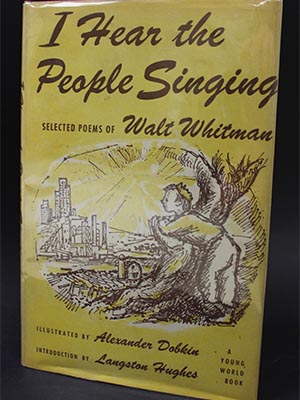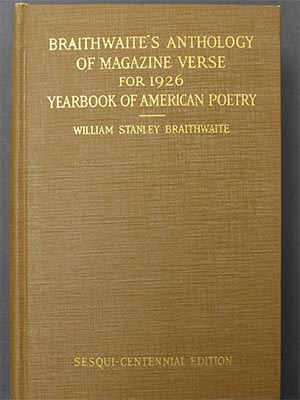Langston Hughes Treasures in Special Collections
April 4, 2016
Description by Kesi Kmt, undergraduate student in Women, Gender and Sexuality Studies, and Archives & Special Collections assistant.
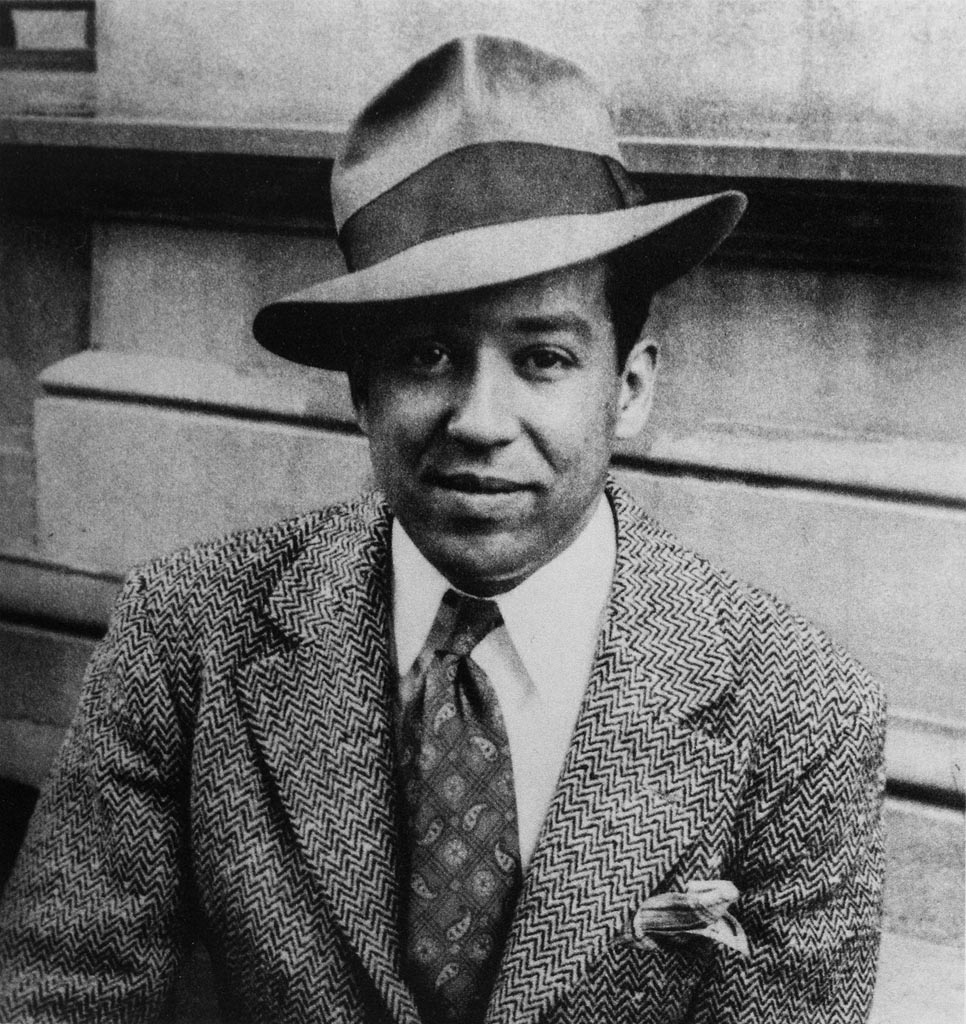 James Mercer Langston Hughes was an American poet, social activist, novelist, playwright, columnist, war journalist, leader of the Harlem Renaissance and one of the early innovators of the literary art form called jazz poetry. Born on February 1, 1902 in Joplin, Missouri, Hughes was a prolific writer whose works are regularly anthologized. He authored vast amounts of poetry, short stories, novels, operas, non-fiction essays and books, plays and children’s literature. Over his lifetime Hughes served as an archivist of the beauty, struggle and pain of his own domestic struggles as well as those of the Negro (to use the language of his time) in post-Emancipation America, and those struggling in the wars abroad. With his words, he was able to embody the complexity of revolution and its attendant hope and despair. In a time when the circumstance of his being born a black man in a virulently racist country lent a precarity to his own existence, much of Hughes’s work was propaganda for the furthering of the mental, emotional and physical freedom of Negros. Langston Hughes died on May 22, 1967 in New York City, New York.[1]
James Mercer Langston Hughes was an American poet, social activist, novelist, playwright, columnist, war journalist, leader of the Harlem Renaissance and one of the early innovators of the literary art form called jazz poetry. Born on February 1, 1902 in Joplin, Missouri, Hughes was a prolific writer whose works are regularly anthologized. He authored vast amounts of poetry, short stories, novels, operas, non-fiction essays and books, plays and children’s literature. Over his lifetime Hughes served as an archivist of the beauty, struggle and pain of his own domestic struggles as well as those of the Negro (to use the language of his time) in post-Emancipation America, and those struggling in the wars abroad. With his words, he was able to embody the complexity of revolution and its attendant hope and despair. In a time when the circumstance of his being born a black man in a virulently racist country lent a precarity to his own existence, much of Hughes’s work was propaganda for the furthering of the mental, emotional and physical freedom of Negros. Langston Hughes died on May 22, 1967 in New York City, New York.[1]
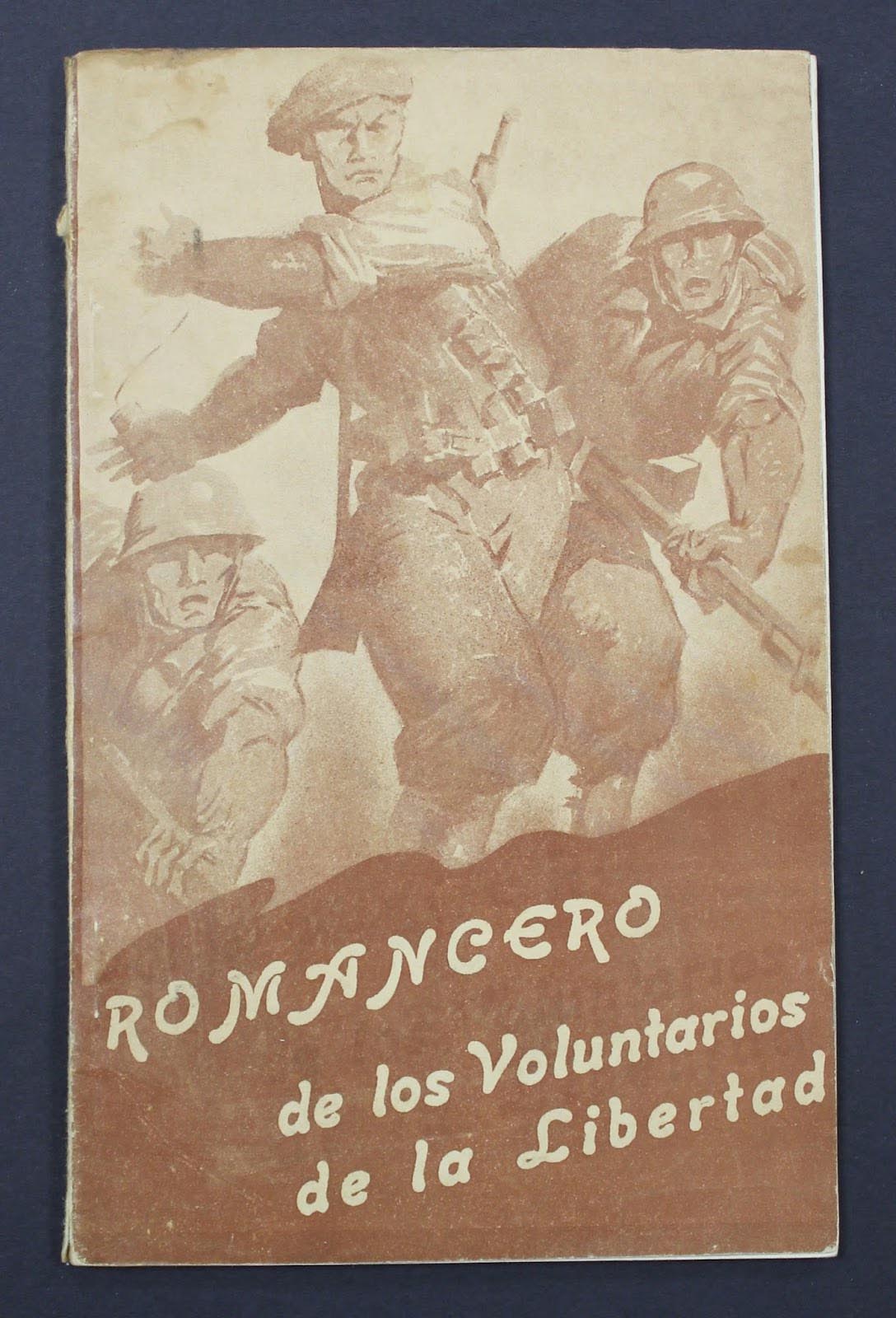 In addition to the many of Hughes’ works which can be found in the library’s general collection, Brandeis University’s Special Collections proudly counts among its holdings a signed, first edition (second printing) of The Weary Blues (Hughes’ first published collection of poetry), a Spanish Civil War publication called Romancero de los Voluntarios de la Libertad, in which Hughes’ poem “Song of Spain appears, I Hear the People Singing: Selected Poems of Walt Whitman, for which Hughes wrote the introductory essay “The Ceaseless Rings of Walt Whitman,” and Braithwaite’s Anthology of Magazine Verse for 1926 and Yearbook of American Poetry, which features several of Hughes’s poems. As well, the Carl Van Vechten Photographs collection contains several photographic portraits of Hughes taken by his close friend, Van Vechten.
In addition to the many of Hughes’ works which can be found in the library’s general collection, Brandeis University’s Special Collections proudly counts among its holdings a signed, first edition (second printing) of The Weary Blues (Hughes’ first published collection of poetry), a Spanish Civil War publication called Romancero de los Voluntarios de la Libertad, in which Hughes’ poem “Song of Spain appears, I Hear the People Singing: Selected Poems of Walt Whitman, for which Hughes wrote the introductory essay “The Ceaseless Rings of Walt Whitman,” and Braithwaite’s Anthology of Magazine Verse for 1926 and Yearbook of American Poetry, which features several of Hughes’s poems. As well, the Carl Van Vechten Photographs collection contains several photographic portraits of Hughes taken by his close friend, Van Vechten.
“I would liken you
To a night without stars
Were it not for your eyes.
I would liken you
To a sleep without dreams
Were it not for your songs.”
— Ardella
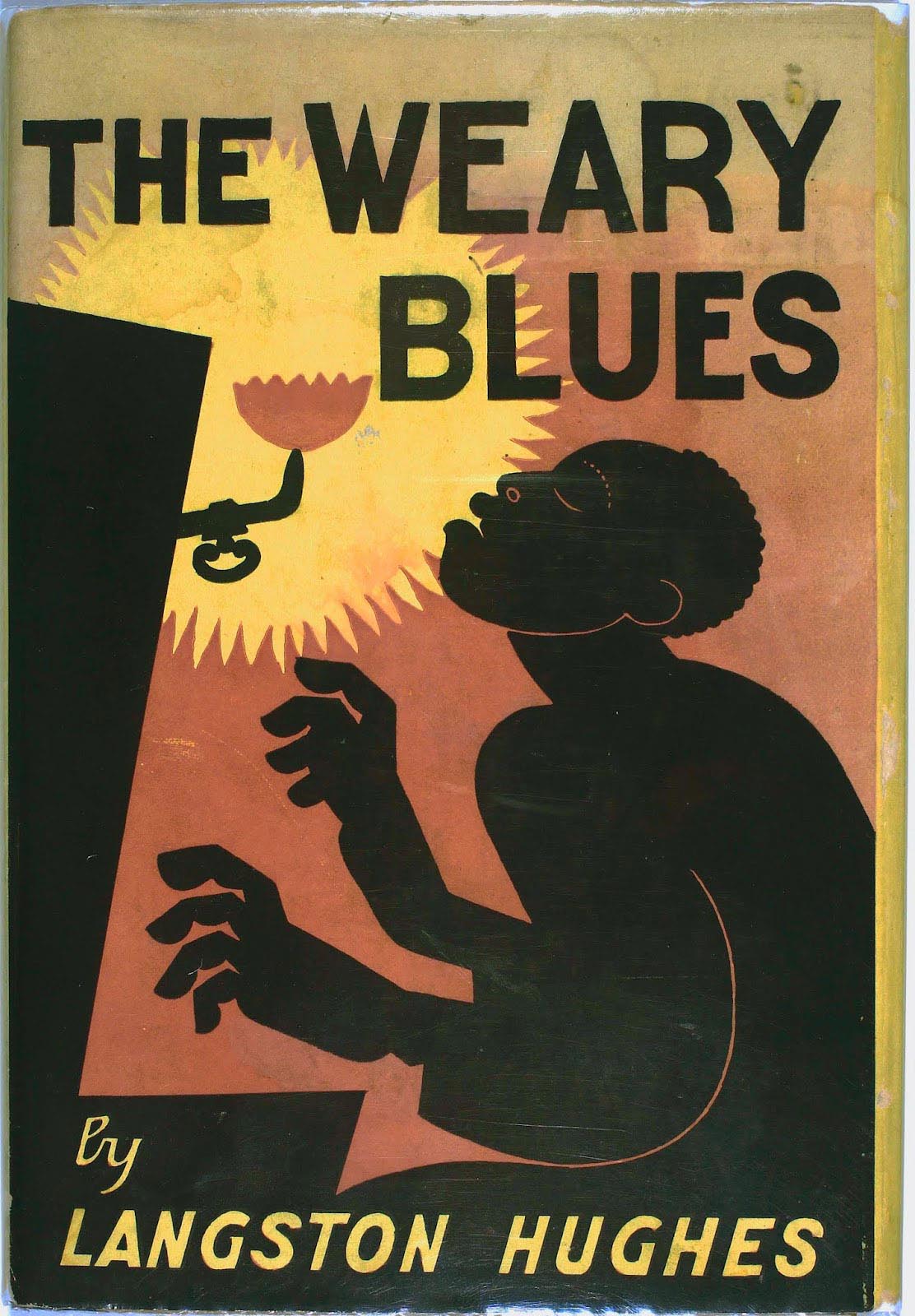 First published in 1926, this poem (which can be found in “The Weary Blues”) gets to the heart of Hughes’ work and to one of his main goals in writing: to create a language with which to express the beauty he saw in the world. Ardella also illustrates Hughes’ commitment to pro-Black (proNegro) politics. In this poem, Hughes addresses the social reality of Blackness being associated with darkness, despair and a profound hopelessness, and in comparison offers a new ideology of beauty as blackness’ sole attribute.
First published in 1926, this poem (which can be found in “The Weary Blues”) gets to the heart of Hughes’ work and to one of his main goals in writing: to create a language with which to express the beauty he saw in the world. Ardella also illustrates Hughes’ commitment to pro-Black (proNegro) politics. In this poem, Hughes addresses the social reality of Blackness being associated with darkness, despair and a profound hopelessness, and in comparison offers a new ideology of beauty as blackness’ sole attribute.
Hughes was invested in the uplifting of oppressed people, especially those of African descent. He served as an activist poet and journalist in the Spanish Civil War. During this war, Hughes continued in his tradition of uplifting the marginalized through his moving language. He writes:
“Flamenco is the song of Spain:
Gypsies, guitars, dancing,
Death and love and heartbreak,
To a heel tap, and whirl of fingers
On three strings
Flamenco is the song of Spain”
— Song of Spain
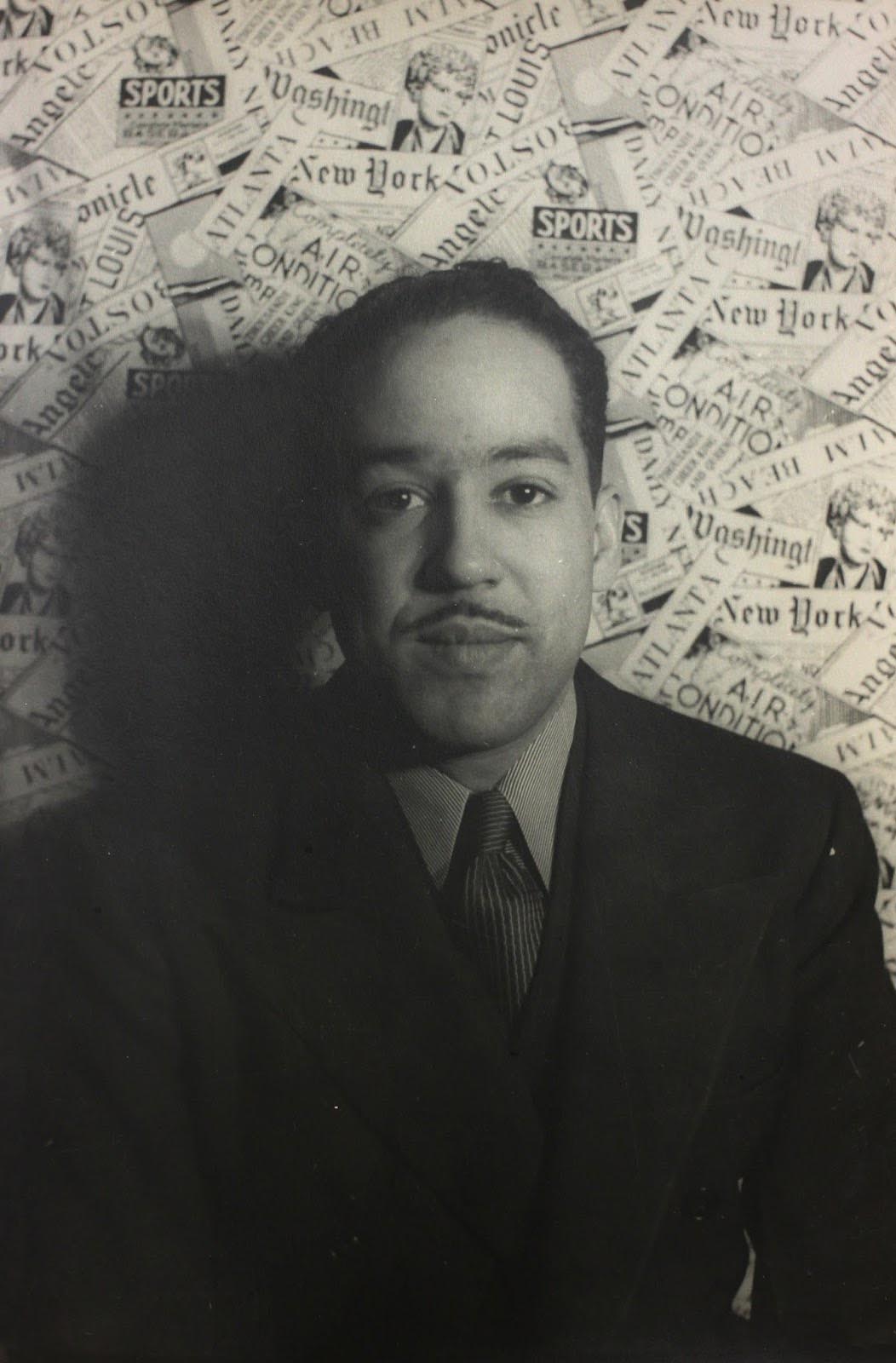 The juxtaposed imagery of dancing, death and heartbreak in this poem creates a portrait of a wartime existence too complicated to be seen as one-dimensional. Hughes illustrates the complexity of struggling with the realities of war while also maintaining joy and light in the midst of darkness. This contradiction echoes Hughes’ own complicated existence, having been born to a white father and a black mother in a time so close to the period of slavery.
The juxtaposed imagery of dancing, death and heartbreak in this poem creates a portrait of a wartime existence too complicated to be seen as one-dimensional. Hughes illustrates the complexity of struggling with the realities of war while also maintaining joy and light in the midst of darkness. This contradiction echoes Hughes’ own complicated existence, having been born to a white father and a black mother in a time so close to the period of slavery.
Hughes’ artistic and political agendas were not mutually exclusive and it is fascinating to hone in on those aspects of Hughes’ work that render it Jazz Poetry. Rebecca Gross writes: “Hughes felt that jazz poetry could be a uniquely African American literary form, distinctive among the venerable — and very white — poetic canon. When he wrote about jazz, Hughes often incorporated syncopated rhythms, jive language or looser phrasing to mimic the improvisatory nature of jazz; in other poems, his verse reads like the lyrics of a blues song. The result was as close as you could get to spelling out jazz.”[2] Here Gross not only illuminates the music in Hughes’ work but also its political and racial subtext. This video of Hughes reciting The Weary Blues, with a backing jazz band, gives a sense of the rhythm inherent in many of Hughes’ works.
Emulating the grammar of a song by one of the great jazz musicians, Hughes writes:
“Does a jazz band ever sob?
They say a jazzband’s gay
Yet as the vulgar dancers whirled
And the wan night wore away,
One said she heard the jazz band sob
When the little dawn was grey”
— Cabaret
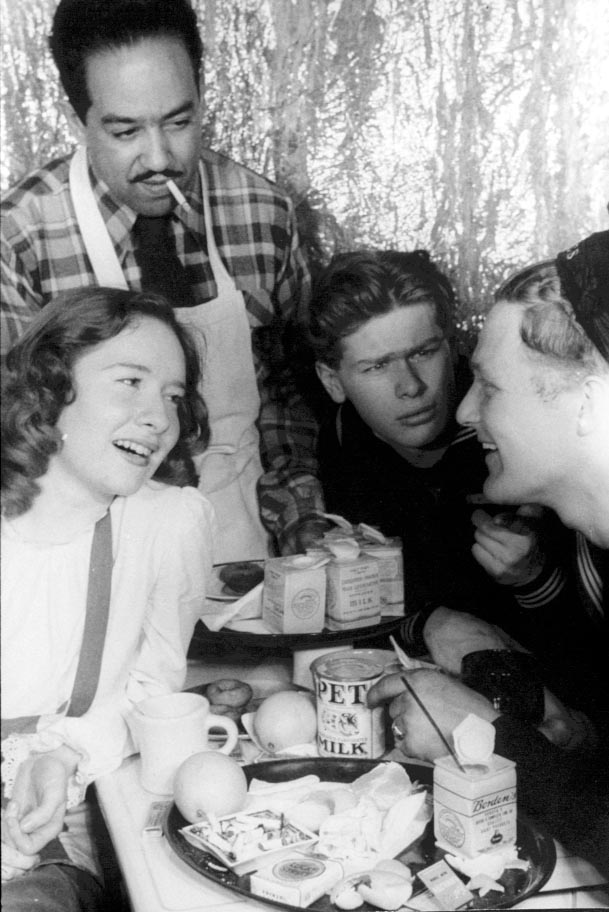 Scholars and lovers of poetry, music, language and history will find great food for thought in the Hughes treasures held in Special Collections. These materials are open to the public, and we welcome all who are interested to come and see these special and rare editions of the works of this great thinker, poet, social activist and wordsmith.
Scholars and lovers of poetry, music, language and history will find great food for thought in the Hughes treasures held in Special Collections. These materials are open to the public, and we welcome all who are interested to come and see these special and rare editions of the works of this great thinker, poet, social activist and wordsmith.
Notes
- Langston Hughes, Wikipedia entry.
- Gross, Rebecca. “Jazz Poetry & Langston Hughes.” April 11, 2014.
